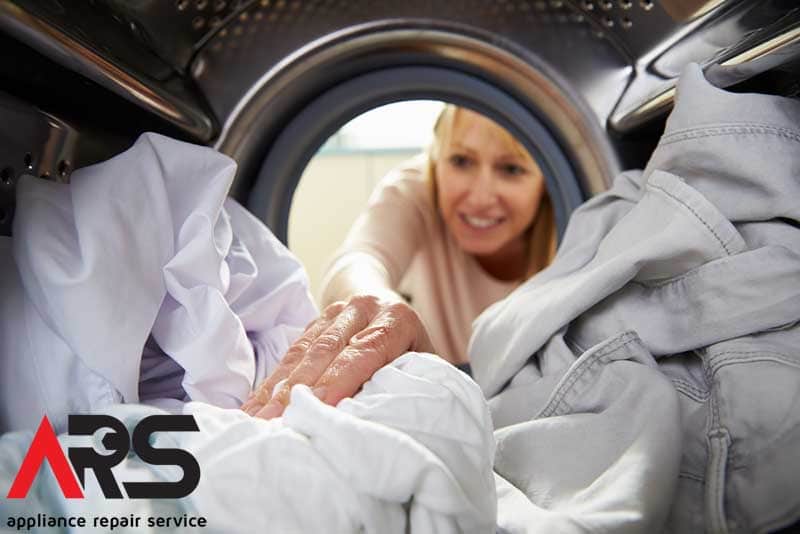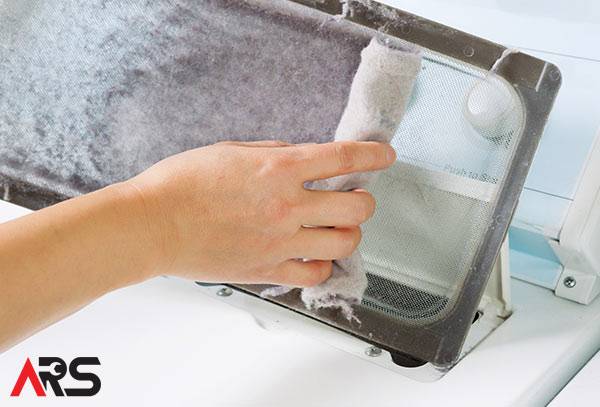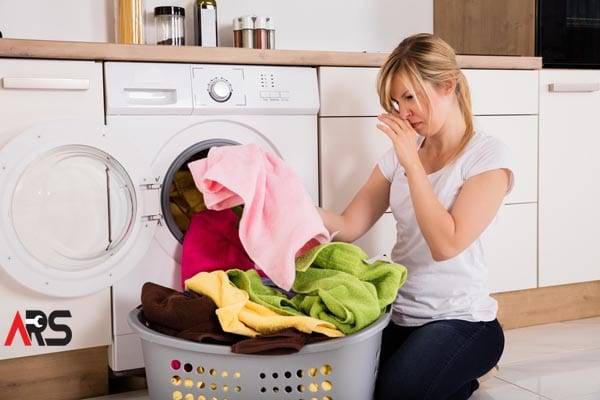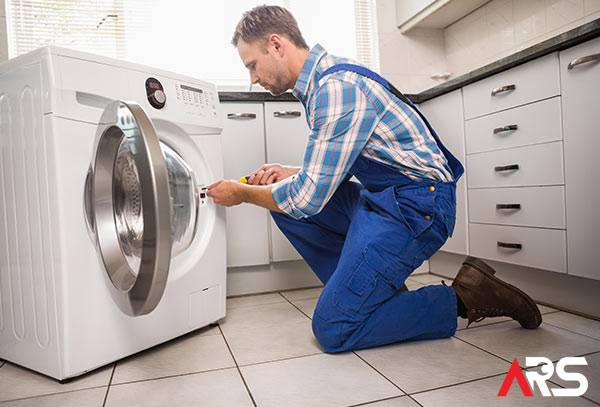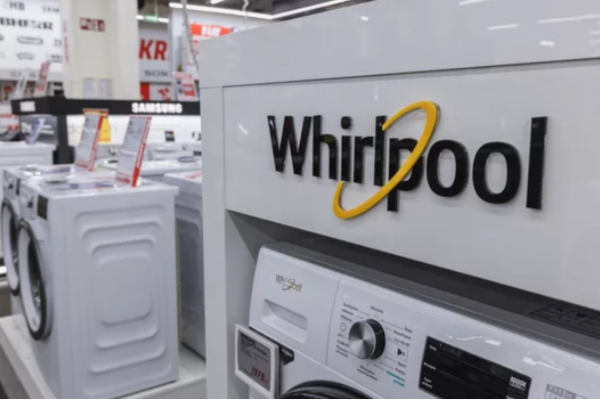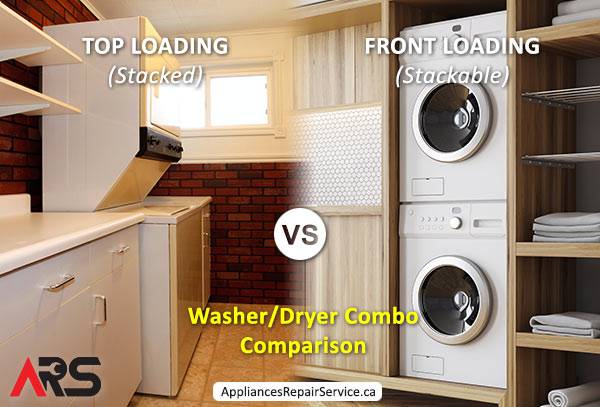 Front loader vs top loader: how they differ in practice.
Front loader vs top loader: how they differ in practice.If you’re comparing a front load vs top load washer, this guide shows how each type performs day to day, from stain removal and fabric care to utility costs, cycle time, vibration, and space needs. Start with the quick picks, then use the comparison table and buyer checklist.
Quick answer: who should pick which
- Pick a front load washer if you want the best cleaning and fabric care, lower water/energy use, stacking with a dryer, and shorter dryer time thanks to higher spin speeds.
- Pick a top load washer if you want lower upfront price, faster “Normal” cycles (especially with an agitator), and easy loading without bending.
At-a-glance: front load vs top load (pros & cons)
| Category | Top Load | Front Load |
|---|---|---|
| Cleaning & fabric care | Good; agitators can be harsher. impellers are gentler. | Excellent; gentle tumble action. |
| Water & energy use | Typically higher. | Lower on average; many ENERGY STAR models. |
| Cycle time | Often shorter. | Often longer; higher RPM reduces dryer time. |
| Spin speed (RPM) | Moderate; clothes exit wetter. | Higher; better water extraction. |
| Noise/vibration | Usually lower. | Can vibrate if not level or on soft floors. |
| Capacity & bulky items | Best with impeller models. | Consistent with duvets/blankets. |
| Stacking | Not stackable* | Stackable with matching dryer & kit. |
| Upfront price | Lower | Higher (but lower running cost). |
*Laundry “centers” are one-piece units, not a standard top-load washer stacked with a separate dryer.
Cleaning performance & fabric care
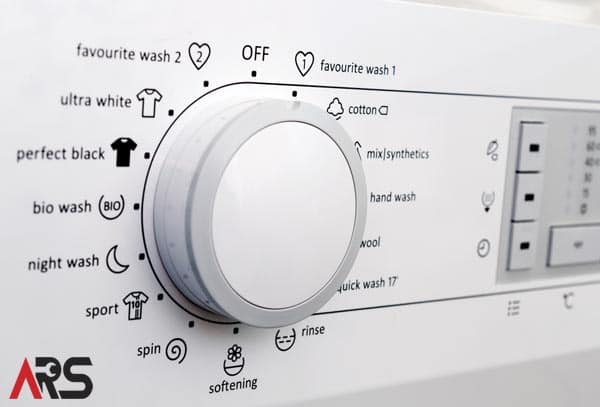 Cycle choice matters: heavy soil, extra rinse, and max spin improve results regardless of washer type.
Cycle choice matters: heavy soil, extra rinse, and max spin improve results regardless of washer type.Water & energy use
Front loaders typically use less water per cycle and less electricity overall. Many are ENERGY STAR® certified; check Canadian rebates via Natural Resources Canada. If you’re comparing front load vs top load water usage and ongoing costs, front load usually wins, especially for large families.
Cycle time, spin speed (RPM) & noise
Top load normal cycles are often shorter. Front load spin speeds are typically higher (many exceed 1,200–1,400 RPM), which removes more moisture so dryer time shrinks. The trade-off: more sensitivity to leveling and floor stiffness. If vibration is a concern, ensure the floor is solid and the feet are properly adjusted and locked.
Agitator vs impeller (top load)
- Agitator (center post): quickest turnover, great on very dirty workwear, but harsher on fabrics and smaller usable capacity.
- Impeller (low plate): gentler on clothes, larger tub volume, better for bulky loads, closest top-load experience to a front loader.
Capacity & bulky items
Front loads tend to handle duvets, coats, and large mixed loads more consistently due to bigger usable drum volume and high-spin extraction. Impeller top loads can also handle bulky items well; agitators reduce usable space.
Installation, stacking, ergonomics, vibration & small spaces
Short on floor space? Front loads stack with a matching dryer using a manufacturer kit, great for condos and closets. Worried about bending? Add a laundry pedestal for height and storage. Top loads can’t stack but may fit under low windows/cabinets.
- Front loads can stack with a compatible dryer (space saver for condos/townhomes). Use the manufacturer’s stacking kit.
- Top loads cannot stack (laundry centers are a separate “one-piece” category).
- Accessibility: If bending is a concern, consider pedestals to raise a front loader and add storage.
 Pedestals raise height and add storage (brand example shown).
Pedestals raise height and add storage (brand example shown).Detergent & maintenance (odours, residue, balance)
- Use HE detergent for both types. Too many suds = poor rinsing and musty smells.
- Front load: Wipe the door gasket, leave the door ajar after use, and run a monthly tub clean to prevent odours.
- Top load: Keep loads balanced, level the feet, and clean dispensers regularly.
Concerned about fabric care? See How to Prevent Shrinking Clothes.
Total cost of ownership
- Upfront: top loads are usually cheaper.
- Running costs: front loads often win on water, electricity, and shorter dryer time.
- Longevity/value: high-efficiency models with strong energy ratings typically retain value better.
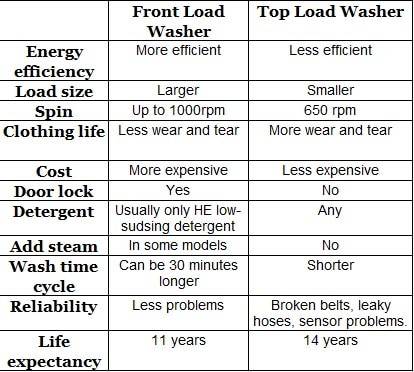 Compare the specs that matter: capacity, RPM, ENERGY STAR, and noise ratings.
Compare the specs that matter: capacity, RPM, ENERGY STAR, and noise ratings.Reliability & repair considerations
Both designs are reliable when installed correctly and maintained. Common issues (noise, shaking, error codes) are often caused by unbalanced loads, out-of-level feet, or too much detergent—not the design itself. If you need help, book washer repair in the GTA.
Pros & cons at a glance
| Category | Top Load | Front Load |
|---|---|---|
| Ease of use | No bending to load | Use pedestals for better ergonomics |
| Cleaning & fabric care | Good; agitator can be harsh | Excellent; gentle tumble |
| Bulky items | Best with impeller models | Consistent with duvets/blankets |
| Cycle length | Often shorter | Often longer; faster spin reduces dryer time |
| Water & energy | Typically higher | Lower on average; many ENERGY STAR |
| Vibration | Usually lower | Higher if not level/soft floors |
| Stacking | Not stackable | Stackable with matching dryer |
| Upfront price | Lower | Higher |
| Running cost | Higher overall | Lower overall
|
Buyer checklist (save or screenshot)
- Space & hookups: width/depth/door swing; stacked vs side-by-side; corridor clearances.
- Floor: solid, level floor minimizes vibration (front-load RPM advantage).
- Typical loads: lots of delicates → front load; very dirty workwear → agitator top load; big items → front load or impeller top load.
- Utilities: look for ENERGY STAR and cold-wash options; verify drain height and hose reach.
- Care: HE detergent only; clean dispensers; front-load gasket care + monthly tub-clean.
FAQ
Which cleans better, a front load or a top load washer?
Front loads generally deliver the best soil removal and gentler fabric care. Among top loads, impeller models are gentler and closer to front-load performance than agitators.
Do front load washers always use less water?
Typically yes, though it varies by model and cycle. Front loads are often more water- and energy-efficient and commonly ENERGY STAR certified.
Are top load washers faster?
Often. Agitator top loads tend to have the shortest normal cycles. Front loads can run longer, but their higher RPM removes more water, cutting dryer time.
Can I stack my washer and dryer?
Front loads can stack with a compatible dryer and stacking kit. Top loads don’t stack (integrated “laundry centers” are a different product).
Which is better for small spaces?
A front load paired with a stacking kit usually wins for closets and condos.
Do front load washers smell?
They can if moisture is trapped. Prevent odours by wiping the gasket, leaving the door ajar, using the right amount of HE detergent, and running a monthly tub-clean.
Which is gentler on clothes?
Front load tumbling is generally the gentlest. Among top loads, impeller designs are gentler than agitators.
How do I prevent odours in a front load?
Use HE detergent sparingly, wipe the door gasket, leave the door ajar after use, and run a monthly tub clean.
Summary
Front load washers generally win on cleaning, fabric care, water and energy savings, and stacking flexibility. Top load washers often win on price, short cycles, and ease of loading. Choose based on space, budget, and laundry habits.
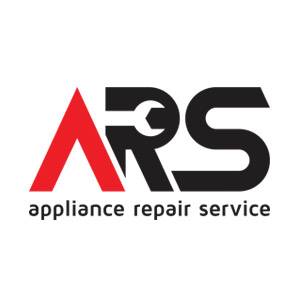
ARS Appliance Repair Service has been trusted across Toronto, Ottawa, and Southern Ontario for over a decade. Our licensed, manufacturer-authorized technicians specialize in repairing all major household and commercial appliances with genuine parts and warranty-backed service. From refrigerators and washers to ovens, dishwashers, and more, we restore appliances quickly, professionally, and correctly the first time, earning the confidence of homeowners and businesses throughout the region.
